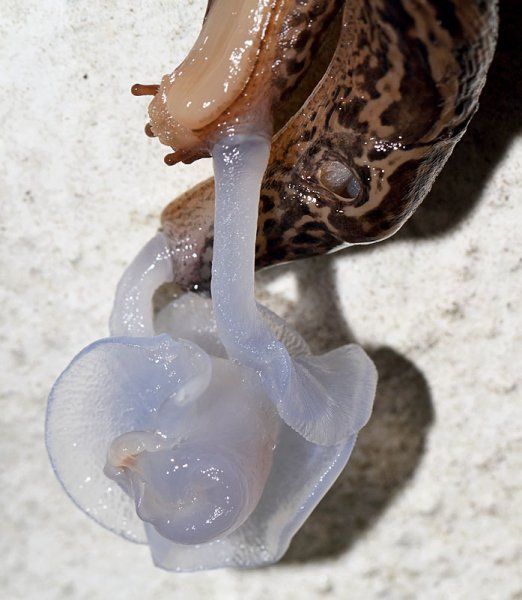#weird nature
Text

#whimsigoth#witchy#moodyvibes#moody nature#Luna moth#luna#witchy nature#green witch#dreamcore#Fairycore#weird nature#oddities#taxidermy#whimsicore#nature#moth#mothman#pastel#whimiscal
6K notes
·
View notes
Text
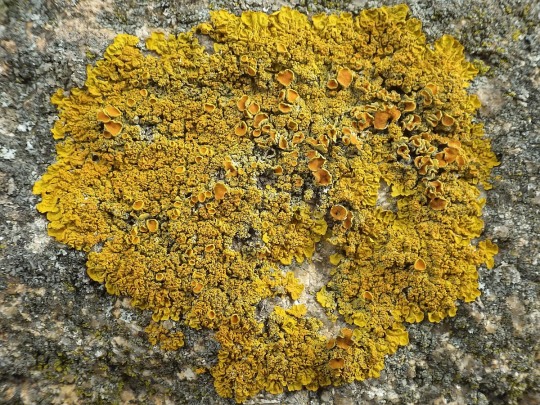

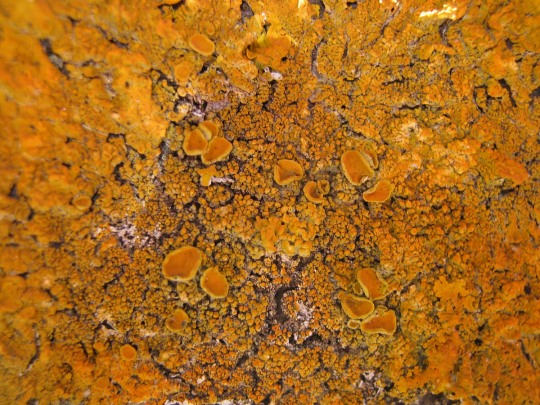
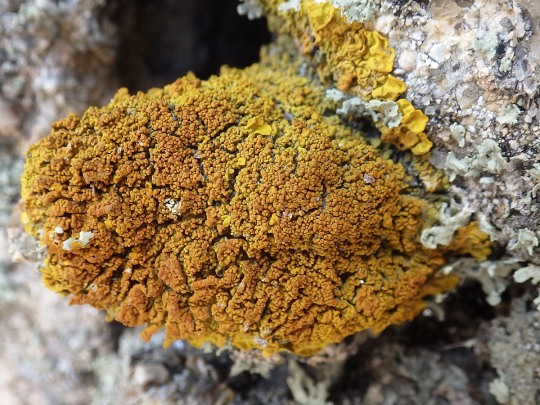

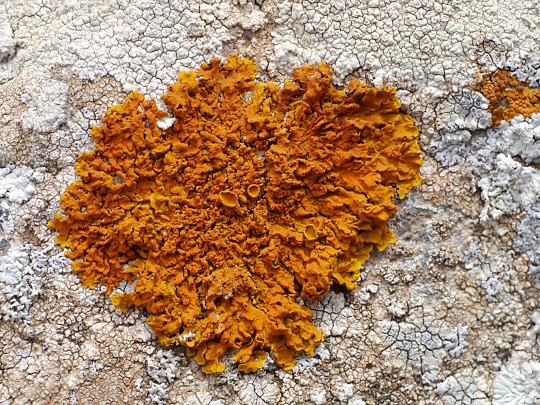



Xanthoria calcicola
This foliose lichen grows on calcareous rock and stone work (and occasionally dusty trees) in eutrophic, well-lit, mild-temperate and costal regions of Europe and the Mediterranean. It has a yellow-orange to dark orange foliose thallus forming pleated lobes growing in large rosettes up to 20 cm in diameter. The center of the rosettes are covered in knobbly warts and granular isidia, and it only rarely produces apothecia. The presence of these isidia and the lack of apothecia is the best way to distinguish this lichen from the very similar looking X. parietina which is a lot more common and often grows on bark.
images: source | source
info: source | source | source
#lichen#lichens#lichenology#lichenologist#mycology#ecology#biology#fungi#fungus#symbiosis#symbiotic organisms#algae#Xanthoria calcicola#Xanthoria#trypo#trypophobia#life science#environmental science#natural science#nature#the natural world#beautiful nature#weird nature#naturalist#I'm lichen it#lichen a day#daily lichen post#lichen subscribe#orange#orange lichen
222 notes
·
View notes
Text

Another sketch brought to you by #paleostream
Polymerichthys, one of the weirdest extinct fish that I know, note the central, forward curving row of teeth on the palate for example.
1K notes
·
View notes
Text
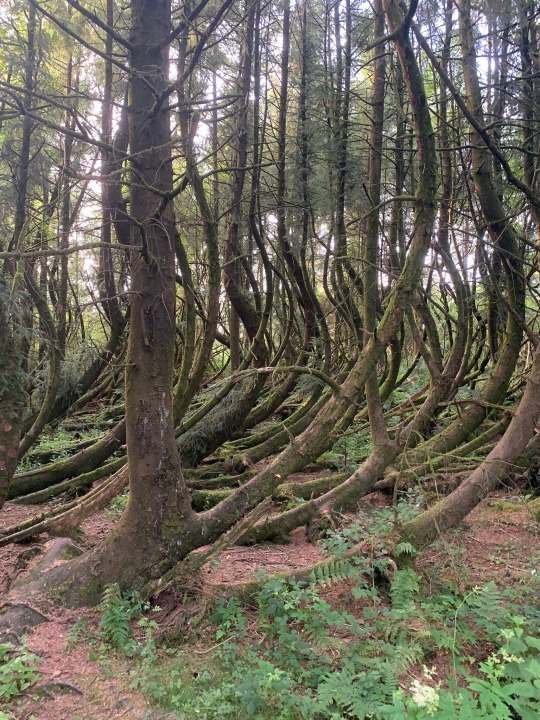
x
#aesthetic#nature#weird nature#treecore#trees#dendrology#plantcore#plantwave#ferns#greenery#druidcore#green#forestcore#naturecore
295 notes
·
View notes
Photo

Meet the real life “Bulbasaur”! That Pokemon is famous for being a dinosuar-like animal with a flowering green plant that grows on its back and provides energy. It sounds like pure fantasy, but there is actually an animal that has a similar lifestyle...
“There are several species of sea slugs that have evolved to look like leaves. One example is the Elysia chlorotica, also known as the eastern emerald elysia or the "solar-powered sea slug". This species of sea slug is found along the east coast of North America and is known for its bright green color and leaf-like appearance, which allows it to blend in with the surrounding seaweed.
In addition to its leaf-like appearance, the Elysia chlorotica has the unique ability to steal genes from the algae it consumes, allowing it to photosynthesize and use solar energy to survive. This makes it one of the few animals on Earth that is capable of harnessing the power of the sun to meet its energy needs - it can go without eating for 9 months because it can photosynthesize just like a plant while basking in the sun!”
(Source: The Organic Consumers’ Association of Australia Linked In page)
#biodiversity #nature #wildlife #naturephotography #macro #conservation #birds #naturelovers #biodiversit #wildlifephotography #climatechange #environment #sustainability #photography #biology #biodiversidad #animals #insects #ecology #insect #bird #biodiversidade #flowers #macrophotography #naturaleza #forest #perfection #earth #science #wildlifeconservation
#biodiversity#nature#wildlife#nature photography#macro_captures_#conservation#slugs and snails#sea slug#slugs#molluscs#elysia#green#photosynthesis#solar power#weird nature
430 notes
·
View notes
Text
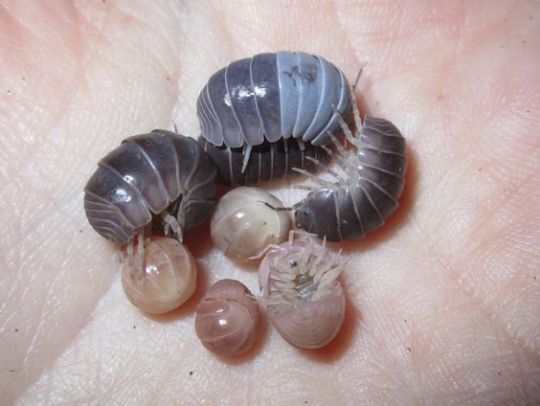
★
#animals#isopods#isopod#crustacean#indie#indie tumblr#nature#grunge revival#grunge#soft grunge#pale grunge#grunge tumblr#2012#weird#weird core#weird nature
13 notes
·
View notes
Text




#liminal#backrooms#weirdcore#dreamcore#liminal spaces#liminal vibes#the backrooms#liminalcore#emptycore#weird news#weird nature#lightning#tulsa weather#oklahoma
541 notes
·
View notes
Text
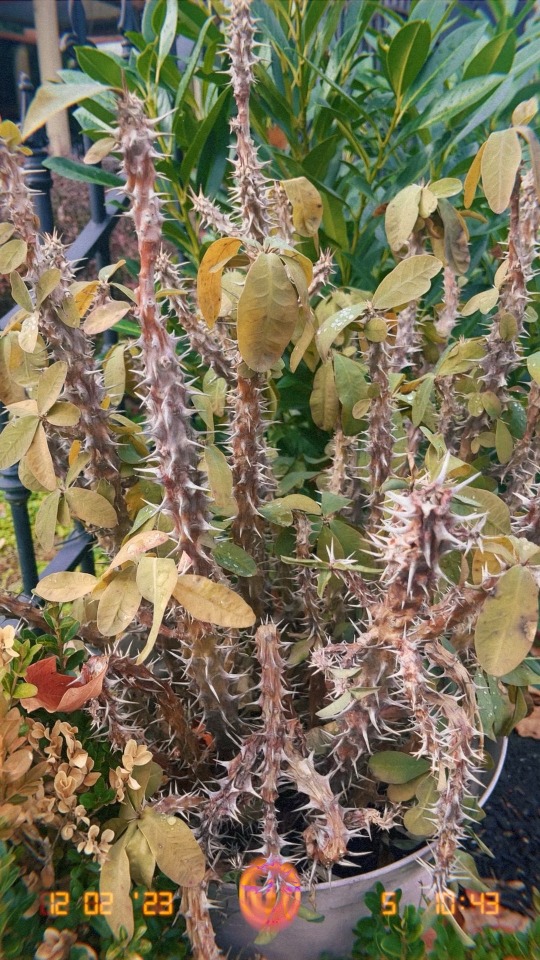

#myspiritworld2001#film journal#so strange#strange#strangecore#weird#weirdcore#earth#nature#aesthetic#greenery#nature aesthetic#nature’s beauty#weird nature#spiky#photos#pics#film photography#december 2023#2023#daytime#lapse#lapse app#oddcore#odd#peculiar#beautiful#heaven#heaven on earth#cityscape
9 notes
·
View notes
Photo
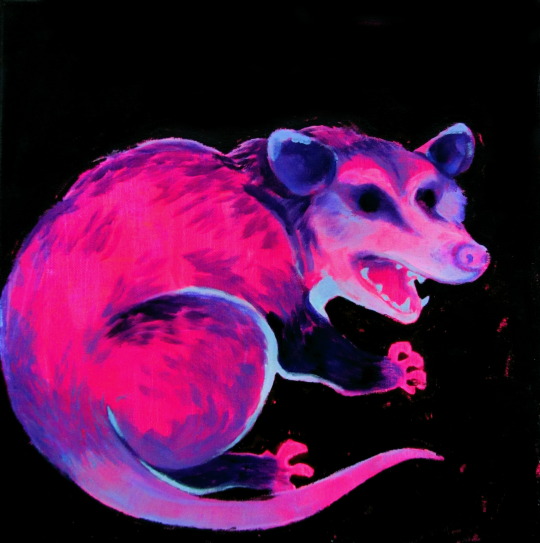

did you know opossums, like many other nocturnal animals are fluorescent? you better get one of these guys to a rave, just to be sure.
#traditional art#artists on tumblr#opossum#possum#black light painting#neon#glow in the dark#black light art#glow#ray art#acrylic#painting#i honestly didn't know what to expect when i put it under black light so the results are kinda weidr#the daylight picture is close to actual possum fluorescing colors#pink underfur/skin and blue white belly fur#marsupial#animal art#nature#weird nature#weird animal facts#nocturnal#wildlife#american wildlife
117 notes
·
View notes
Photo
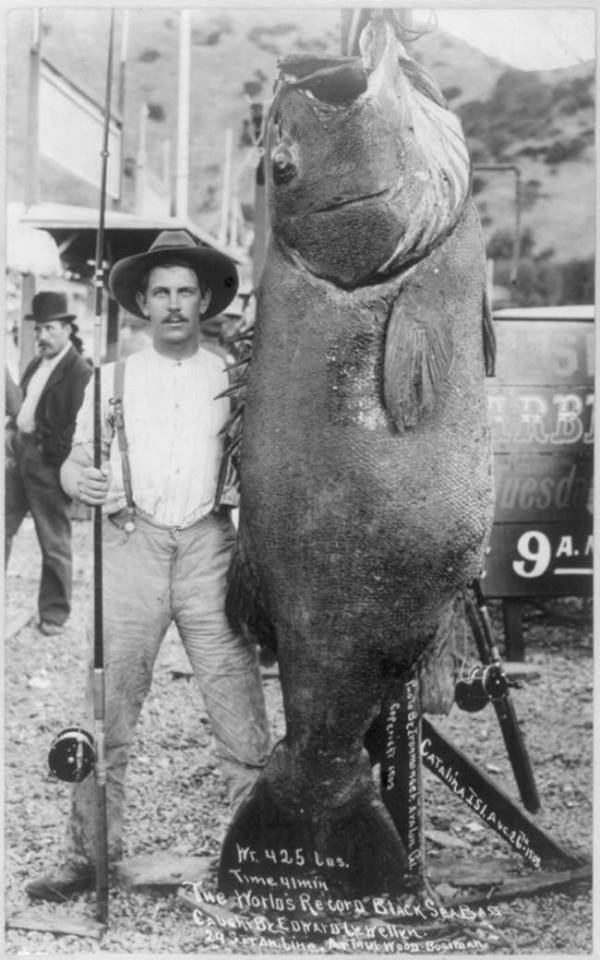
The World’s Record black sea bass caught by Edward Llewellen. It weighed 425 lbs. He brought it in alone in 1903. This record fish was surpassed in 1968 by a 563-pound giant sea bass caught by James McAdam, Jr.
read about it here
#fishing#fish#record#world record#fish record#sea bass#history#oddities#giant sea bass#cool nature#weird nature
14 notes
·
View notes
Text
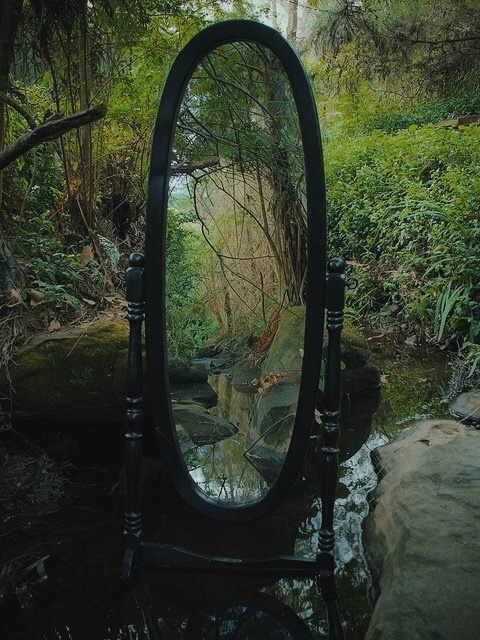
falling out of place
#whimsigoth#witchy#moodyvibes#whimsicore#dreamcore#esoteric#whimiscal#liminal nature#liminalcore#dream aesthetic#dreamy#fairycore#weird nature#moody nature#witchy aesthetic#witchy vibes#hedge witch#witchcore#green witch#moody vibes#moody landscape#limimal space
2K notes
·
View notes
Text
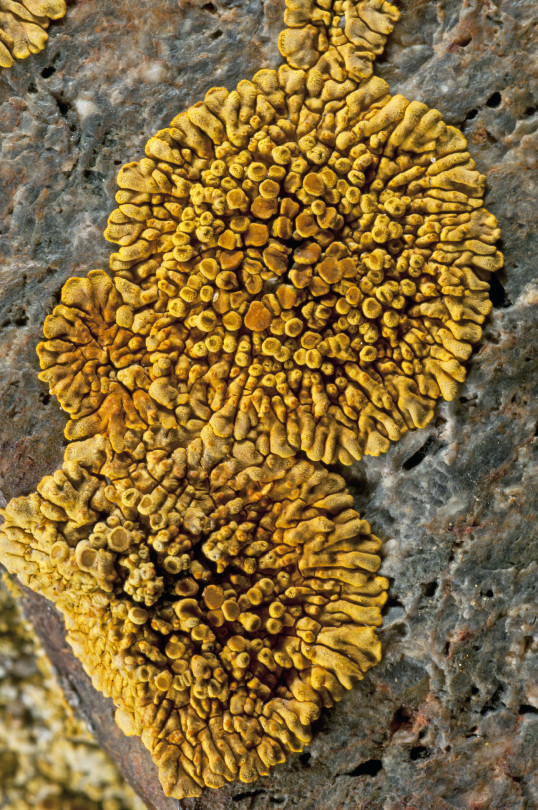
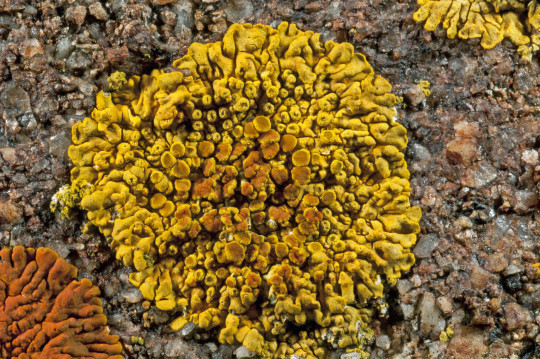
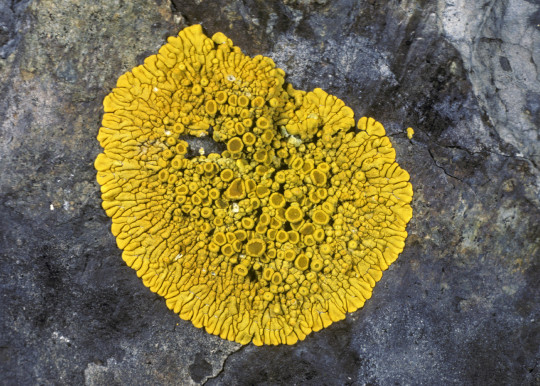


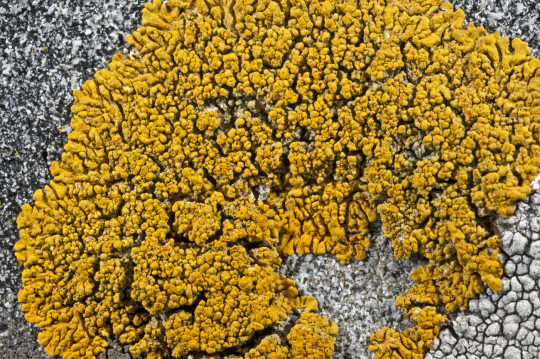
Polycauliona impolita
When I tell people that I study lichens and they respond "Oh, those little moss-looking things, right?" I want to show them pictures like these and be like "Does this look like moss to you?" But usually I am too nice and too excited to explain what a lichen is to do that. But not today! Does P. impolita look like moss to you? I think not! This crustose-placodioid lichen grows in rounded patches with an areolate (tile-like) central thallus and a marginal thallus of elongated lobes. The upper surface is yellow-orange to red-orange and often pruinose (covered in a fine powder), with orange, flat-disked apothecia clustering toward the center. P. impolita grows on non-calcareous rock in western North America.
images and info: source
#lichen#lichens#lichenology#lichenologist#mycology#ecology#biology#symbiosis#symbiotic organisms#green algae#fungus#no moss here#nature#naturalist#beautiful nature#weird nature#the natural world#natural science#life science#environmental science#fungi#trypo#tw: trypophobia#Polycauliona impolita#Polycauliona
370 notes
·
View notes
Text
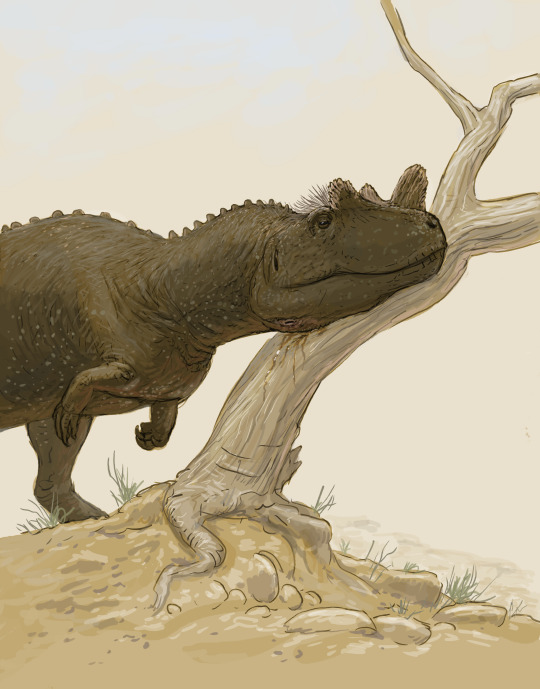
Based on a recent Twitter discussion
Gular glands in crocodiles are one thing, but many are also not aware of the facial and movable glands in muntjacs.
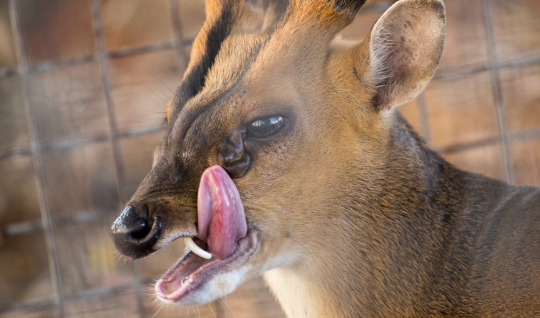

These structures aren't really sexy so they are often omitted from documentaries. Here a video of them in action that made it's rounds some time ago.
Utterly bizarre when you are not familiar with them. It often makes me wonder what kind of glands we might miss in paleoart. Uropygial glands in birds for example, when did they evolve? Did non-avian dinosaurs already have then or did they use another, analogous structure during preening?
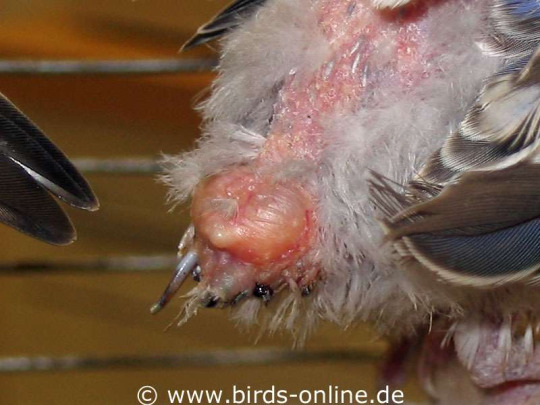
Another example are enlarged skin glands like the poison glands in many amphibians. Could temnospondyls already have something like this?
Just remembered, duikers are a good example of large preorbital glands as well, often appearing as prominent slits and pouches in front of the eyes. Some oreodonts like Eporeodon might had have similar structures.
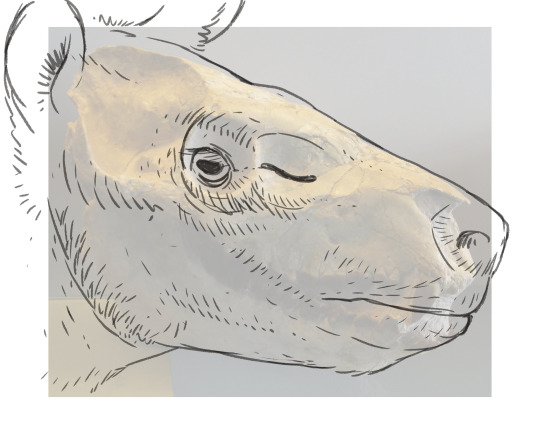
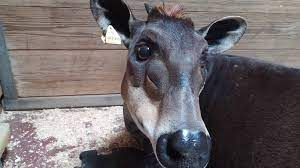
611 notes
·
View notes
Text

What is this curious object in my hand? With its scale-like pattern, it looks like a dragon's egg but it is actually the fruit of the Cherimoya Tree (Annona cherimola). The Cherimoya fruit is also called a "custard apple". It was a complex flavour similar to pear, custard, pineapple, and mild mango blended together. The inner part of the fruit is silky smooth surrounded by flesh textured like an Asian pear.
The Cherimoya name comes from the Quechua word for "cold seeds" and the plant has been cultivated in the Andes and Central America since prehistoric times. The Cherimoya fruit appears in the exquisite ceramic art of the Moche people from over 2000 years ago. The fruit is still very popular in Peru and Chile, where it is used as ice cream flavouring and in other desserts.
The Cherimoya tree is difficult to cultivate outside its native range due to the lack of natural pollinators and the delicate fruits are challenging to ship. Only recently has this fruit become available in Europe. This fruit is packed with antioxidants, vitamin B, and fibre as well as a potentially harmful toxin called annonacin which can cause nervous system damage. The toxin is concentrated in the seeds and skin, so as long as you avoid eating those part the fruit is safe.
Just don't wait for it to hatch into a dragon!
#katia plant scientist#botany#plant biology#plants#plant science#fruits#fruit#cherimoya#chirimoya#south america#tropical fruit#dragon egg#weird nature#delicious#plant identification#botanical#plantblr#plant scientist#plant photography#plant aesthetic#plantcore#plantas#natural history
19 notes
·
View notes

